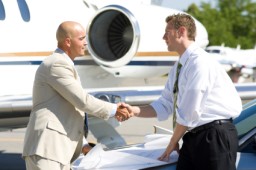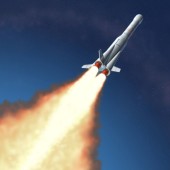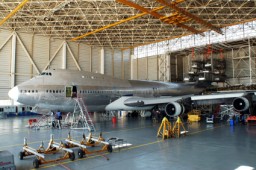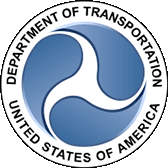At FAA, what drives us — through everything we do — is our mission to provide the safest, most efficient aerospace system in the world. We continually strive to improve the safety and efficiency of flight in this country.
- How FAA Safety relates to you — Are you a pilot, mechanic, airline operator, or traveler? This page will help you find the safety content you're looking for.
- Next Generation Air Transportation System (NextGen) — NextGen will modernize the National Airspace System (NAS), increasing both capacity and efficiency, while improving safety.
FAA's major roles and responsibilities
Under the broad umbrella of safety and efficiency, we have several major roles:
- Regulating civil aviation to promote safety
- Encouraging and developing civil aeronautics, including new aviation technology
- Developing and operating a system of air traffic control and navigation for both civil and military aircraft
- Researching and developing the National Airspace System and civil aeronautics
- Developing and carrying out programs to control aircraft noise and other environmental effects of civil aviation
- Regulating U.S. commercial space transportation
What We Do
Our 44,000 employees throughout the United States participate in a wide variety of activities
Safety Regulation
 We issue and enforce regulations and minimum standards covering manufacturing, operating, and maintaining aircraft. We certify airmen and airports that serve air carriers.
We issue and enforce regulations and minimum standards covering manufacturing, operating, and maintaining aircraft. We certify airmen and airports that serve air carriers.
Airspace and Air Traffic Management
We operate a network of airport towers, air route traffic control centers, and flight service stations. We develop air traffic rules, assign the use of airspace, and control air traffic. For more information, see Air Traffic Organization Safety.
Air Navigation Facilities
 We build and install visual and electronic aids to air navigation. We maintain, operate, and assure the quality of these facilities. We also sustain other systems to support air navigation and air traffic control, including voice and data communications equipment, radar facilities, computer systems, and visual display equipment at flight service stations.
We build and install visual and electronic aids to air navigation. We maintain, operate, and assure the quality of these facilities. We also sustain other systems to support air navigation and air traffic control, including voice and data communications equipment, radar facilities, computer systems, and visual display equipment at flight service stations.
Civil Aviation Abroad
 We promote aviation safety and encourage civil aviation abroad. We exchange aeronautical information with foreign authorities; certify foreign repair shops, airmen, and mechanics; provide technical aid and training; negotiate bilateral airworthiness agreements with other countries; and take part in international conferences.
We promote aviation safety and encourage civil aviation abroad. We exchange aeronautical information with foreign authorities; certify foreign repair shops, airmen, and mechanics; provide technical aid and training; negotiate bilateral airworthiness agreements with other countries; and take part in international conferences.
Commercial Space Transportation
 We regulate and encourage the U.S. commercial space transportation industry. We license commercial space launch facilities and private launches of space payloads on expendable launch vehicles.
We regulate and encourage the U.S. commercial space transportation industry. We license commercial space launch facilities and private launches of space payloads on expendable launch vehicles.
Research, Engineering, and Development
 We do research on and develop the systems and procedures we need for a safe and efficient system of air navigation and air traffic control. We help develop better aircraft, engines, and equipment and test or evaluate aviation systems, devices, materials, and procedures. We also do aeromedical research.
We do research on and develop the systems and procedures we need for a safe and efficient system of air navigation and air traffic control. We help develop better aircraft, engines, and equipment and test or evaluate aviation systems, devices, materials, and procedures. We also do aeromedical research.
Other Programs
 We register aircraft and record documents reflecting title or interest in aircraft and their parts. We administer an aviation insurance program, develop specifications for aeronautical charts, and publish information on airways, airport services, and other technical subjects in aeronautics.
We register aircraft and record documents reflecting title or interest in aircraft and their parts. We administer an aviation insurance program, develop specifications for aeronautical charts, and publish information on airways, airport services, and other technical subjects in aeronautics.

